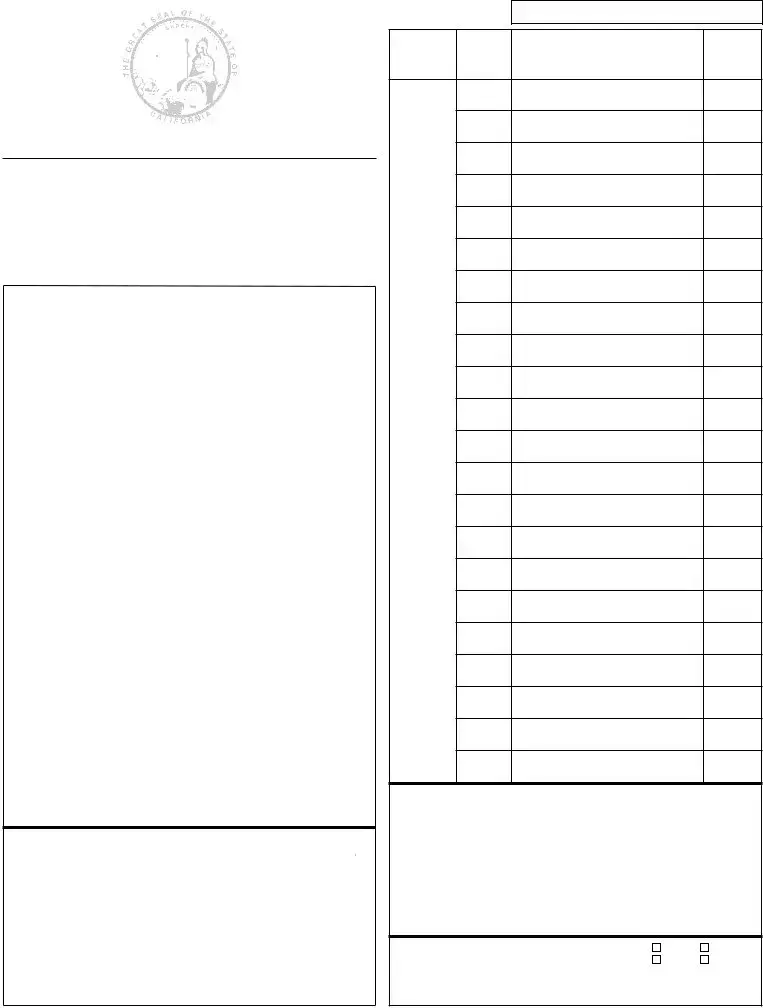What is an Immunization Record?
An Immunization Record is a document that keeps track of all the vaccines an individual has received. It includes information such as the type of vaccine, the date it was given, the next due dose, and the doctor or clinic where it was administered. This record is particularly important for children to meet school and child care immunization requirements in California.
Why is it important to retain the Immunization Record?
Retaining the Immunization Record is crucial because it serves as proof of immunization, which is required for enrollment in school and child care facilities. It also helps healthcare providers to keep track of an individual's vaccination history, ensuring timely administration of necessary vaccines.
What vaccines are included in the Immunization Record?
The record includes a wide range of vaccines, such as Diphtheria, Tetanus, Pertussis (Whooping Cough), Hepatitis A and B, Hib Meningitis, Human Papillomavirus (HPV), Influenza, Meningococcal conjugate and polysaccharide vaccines, Measles, Mumps, Rubella, Pneumococcal, Polio, Rotavirus, and Varicella (Chickenpox).
What should I do if there is a reaction to a vaccine?
If there is a reaction to a vaccine, it is important to note it in the Immunization Record under the "Vaccine Reactions" section. Additionally, contacting the healthcare provider immediately for further instructions is recommended. This information may help healthcare professionals make informed decisions about future vaccinations.
What are TB skin tests, and why are they mentioned?
TB skin tests, or Tuberculosis skin tests, are included to determine if an individual has been exposed to the TB bacteria. It's noted in the Immunization Record because, in some cases, a chest X-ray might be required if the skin test results are positive. This is especially relevant for school entry in certain jurisdictions.
Are chest X-rays always necessary?
Chest X-rays are not always necessary but may be required if the TB skin test is positive. The X-ray helps to determine if someone has active Tuberculosis, ensuring they are free of communicable Tuberculosis before attending school or child care.
How can I update the Immunization Record?
Updating the Immunization Record involves visiting a healthcare provider for any new vaccines or booster shots. The doctor's office or clinic administering the vaccine should document the details of the vaccine in the record accordingly.
Is there a digital version of the Immunization Record?
While the Immunization Record may primarily be a physical document, many regions and healthcare providers are moving towards digital health records. It's advisable to check with local health departments or healthcare providers to see if a digital version is available, which can be updated electronically and accessed more conveniently.

